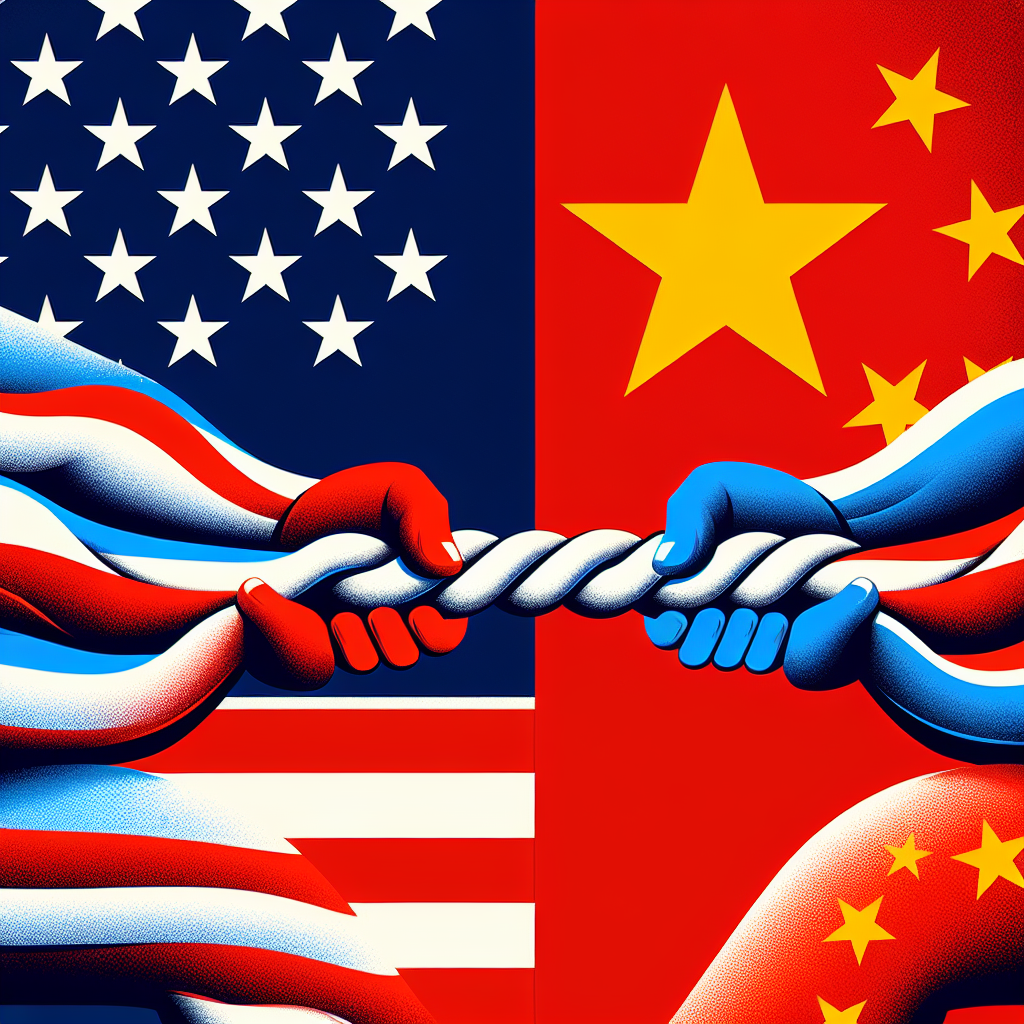Stalemate in US-China Tariff Dispute: Neither Side Willing to Yield
Stalemate in US-China Tariff Dispute: Neither Side Willing to Yield
Background
The ongoing trade tensions between the United States and China have reached a stalemate, with both nations steadfast in their positions. This impasse has significant implications for global trade and economic stability.
Key Issues
- Tariff Impositions: Both countries have imposed tariffs on each other’s goods, affecting a wide range of industries.
- Economic Impact: The tariffs have disrupted supply chains and increased costs for businesses and consumers.
- Political Standoff: The dispute is deeply rooted in political and economic strategies, with neither side willing to appear weak.
Current Developments
Recent negotiations have failed to produce a breakthrough, with both sides maintaining their demands. The US seeks structural changes in China’s trade practices, while China demands the removal of existing tariffs.
Global Implications
- Market Volatility: The uncertainty has led to fluctuations in global markets, affecting investor confidence.
- Supply Chain Disruptions: Companies worldwide are grappling with the challenges posed by the tariffs, leading to potential shifts in manufacturing bases.
- Diplomatic Relations: The dispute has strained diplomatic ties, impacting other areas of bilateral cooperation.
Conclusion
The US-China tariff dispute remains unresolved, with both nations entrenched in their positions. The ongoing stalemate poses risks to global economic stability and highlights the complexities of international trade negotiations. As the situation evolves, stakeholders worldwide are closely monitoring developments, hoping for a resolution that mitigates economic disruptions and fosters a more stable trade environment.



































